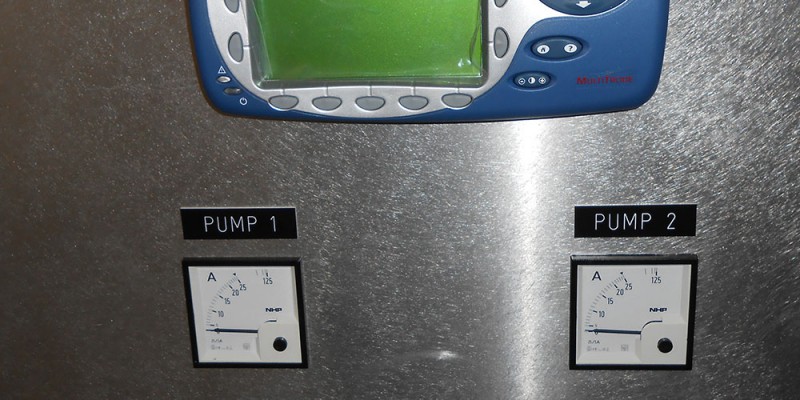Metering devices, commonly known as electrical meters, are instruments designed to measure and display various parameters of electrical power. These parameters include voltage, current, power consumption, power factor, frequency, and energy usage. The primary purpose of these devices is to monitor and record electrical energy consumption, ensuring that electrical systems operate efficiently and within specified limits.
Types of Metering Devices
- Analog Meters: Analog meters are traditional meters that use a needle and dial to display readings. While they are still in use, they are gradually being phased out in favour of more modern alternatives.
- Digital Meters: These provide a digital readout of electrical parameters. They are more accurate than analogue meters and can display multiple parameters simultaneously.
- Smart Meters: These are advanced digital meters with communication capabilities, allowing for remote monitoring and data analysis. They are integral to modern smart grid systems.
- Power Quality Meters: These specialised meters measure parameters that affect the quality of electrical power, such as harmonics, transients, and power factors.
Role of Metering Devices in Electrical Switchboards
An electrical switchboard is a crucial component of an electrical distribution system, responsible for dividing the electrical power feed into subsidiary circuits while providing protection and control. Here’s how metering devices integrate into this setup:
1. Monitoring and Management
Metering devices installed on switchboards continuously monitor electrical parameters. This monitoring helps in:
- Load Management: By keeping track of the load on different circuits, metering devices help balance the load and prevent overloads.
- Energy Consumption Tracking: Accurate measurement of energy usage helps in energy management, cost allocation, and identifying areas for energy savings.
- Preventive Maintenance: Continuous monitoring allows for the early detection of anomalies, enabling preventive maintenance and reducing downtime.
2. Safety and Compliance
Electrical systems must adhere to various safety standards and regulations. Metering devices help ensure compliance by:
- Recording Power Quality: Poor power quality can damage equipment and lead to inefficiencies. Power quality meters help in identifying and rectifying such issues.
- Event Logging: Many modern meters can log events like power surges, dips, and outages. This data is crucial for troubleshooting and maintaining system integrity.
- Regulatory Compliance: Accurate metering is often a regulatory requirement, especially in commercial and industrial setups. Compliance with these regulations helps avoid penalties and ensures safety.
3. Data Analysis and Optimization
Smart meters and digital meters equipped with communication capabilities provide valuable data that can be used for:
- Trend Analysis: Analysing consumption patterns over time can lead to better demand forecasting and more efficient energy procurement.
- Operational Efficiency: Detailed data helps in identifying inefficient equipment and processes, enabling targeted improvements.
- Integration with Energy Management Systems: Metering devices can integrate with building management systems (BMS) and energy management systems (EMS), providing real-time data for optimized control and automation.
Metering devices are crucial in modern electrical systems, ensuring efficiency, safety, and compliance. Integrated into electrical switchboards, they provide the data and insights needed to manage electrical power effectively. As technology advances, these devices become even more sophisticated, offering enhanced monitoring, analysis, and control capabilities, thus paving the way for smarter and more resilient electrical grids.

